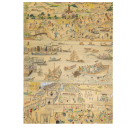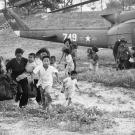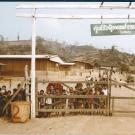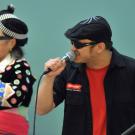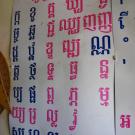Overview of Vietnamese American Studies in Media and Text
HSS 11.11, RI.11-12.7, W.11-12.4Students will identify ways in which traditional media and textbooks may have skewed or rendered invisible the voices of Vietnamese refugees by critically analyzing sources from US media and educational textbooks, and construct an excerpt to add to the US history textbook.
